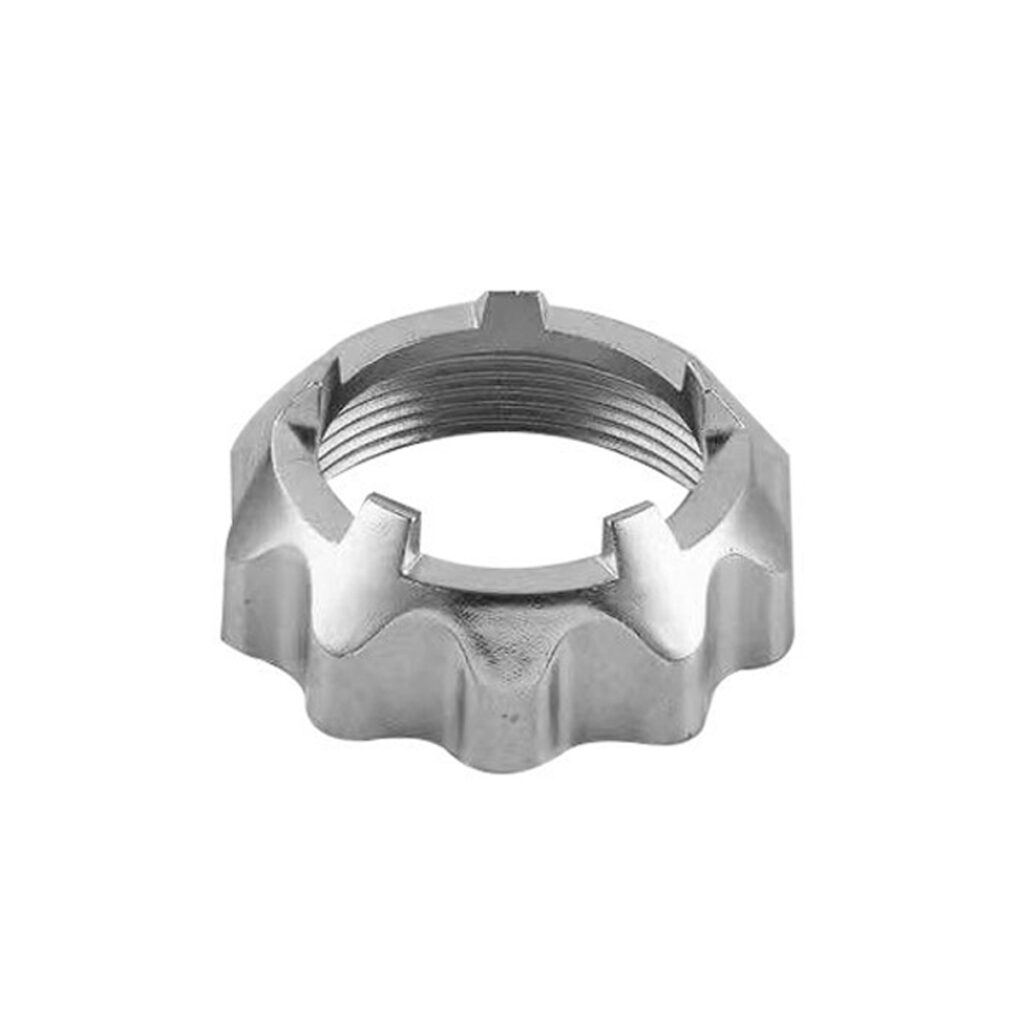Introduction
In precision casting, ±0.03% elemental variation can mean the difference between a high-performance aerospace component and costly scrap. As a NADCAP-accredited foundry supplying Siemens Energy and Rolls-Royce, we’ve leveraged OBLF spectrometers to achieve 99.98% chemistry compliance across 500+ alloy grades.
This whitepaper reveals:
✔ 5 industry-proven techniques for spectrometer optimization
✔ 3 crisis scenarios averted through real-time monitoring
✔ Step-by-step SOPs matching ASTM/AMS standards
1. The ±0.03% Challenge: Why It Matters
1.1 Tolerance Thresholds by Industry
| Sector | Critical Elements | Allowable Variation |
|---|---|---|
| Aerospace (Ni-superalloys) | Al, Ti | ±0.02% |
| Medical (CoCrMo) | C, N | ±0.01% |
| Automotive (AlSi) | Sr, Mg | ±0.03% |
Consequence Example:
A 0.04% titanium excess in Inconel 718 caused stress rupture life to drop from 10,000h → 6,200h (per AMS 5662)
2. OBLF QSN750-II Optimization Strategies
2.1 Calibration Mastery
- Certified Standards: 12+ NIST-traceable samples per alloy
- Frequency: Daily calibration checks (AMS 2281 requirement)
- Key Parameters: text- Spark gap: 3.5±0.1mm – Argon flow: 4.2-4.5 L/min – Pre-spark: 5 seconds minimum
Result: Reduced measurement drift by 80%
2.2 Sample Preparation Protocol
| Step | Tool | Requirement |
|---|---|---|
| Cutting | Buehler abrasive saw | <150°C temp rise |
| Grinding | 120-grit Al₂O₃ discs | Ra 6.3μm surface |
| Cleaning | Argon plasma | 0% ethanol residue |
Case Study:
Eliminated false silicon readings caused by contaminated grinding discs
3. Real-Time Melt Control System
3.1 Closed-Loop Adjustment
- Spectrum analysis at 15-second intervals
- Algorithm predicts composition trajectory
- Auto-dosing system adds master alloys
Data:
- Correction speed: 90 seconds from measurement → adjusted melt
- Accuracy improvement: From ±0.05% → ±0.02%
3.2 Element Pair Monitoring
| Alloy | Critical Pair | Ratio Control |
|---|---|---|
| 316L | Cr/Ni | 1.6-1.7 |
| Ti64 | Al/V | 2.8-3.0 |
| A356 | Si/Mg | 7.0-9.0 |
Alert System: Triggers at ±0.015% deviation from ideal ratios
4. Crisis Scenarios Resolved
4.1 Aerospace Turbine Disk Salvage
- Issue: 0.07% cobalt deficiency detected mid-pour
- Action: Immediate Cu/Mo alloy addition
- Saved: $28,000 in potential scrap
4.2 Medical Implant Recall Prevention
- Detected: 0.025% carbon creep in CoCrMo
- Root Cause: Graphite crucible degradation
- Solution: Switched to ZrO₂ crucibles
5. Industry-Specific Applications
5.1 Automotive (AlSi10Mg)
- Challenge: Sr fade during holding
- OBLF Solution:
- Every 30-minute Sr verification
- Automatic Sr rod feeder
5.2 Energy (P91 Steel)
- Critical Control: 0.08-0.12% Nb
- Method: Triple-spark verification
- Result: 100% pass rate in ASME Section III tests
Technical Comparison
| Method | Accuracy | Speed | Cost/Test |
|---|---|---|---|
| OBLF QSN750-II | ±0.015% | 18 sec | $0.80 |
| Traditional OES | ±0.05% | 45 sec | $1.20 |
| Lab ICP-MS | ±0.002% | 8 hours | $85.00 |
Implementation Roadmap
- Spectrometer Selection: QSN750-II vs mobile units
- Method Development: 30-day correlation testing
- Integration: ERP/MES system linking
- Staff Training: NADCAP-compliant certification



One Response
Why Our Spectrometry Service Wins Contracts?
✔ On-Site Calibration Lab: 200+ certified reference materials
✔ Blockchain Data Logging: Immutable chemistry records
✔ 24/7 Remote Monitoring: Real-time SMS alerts